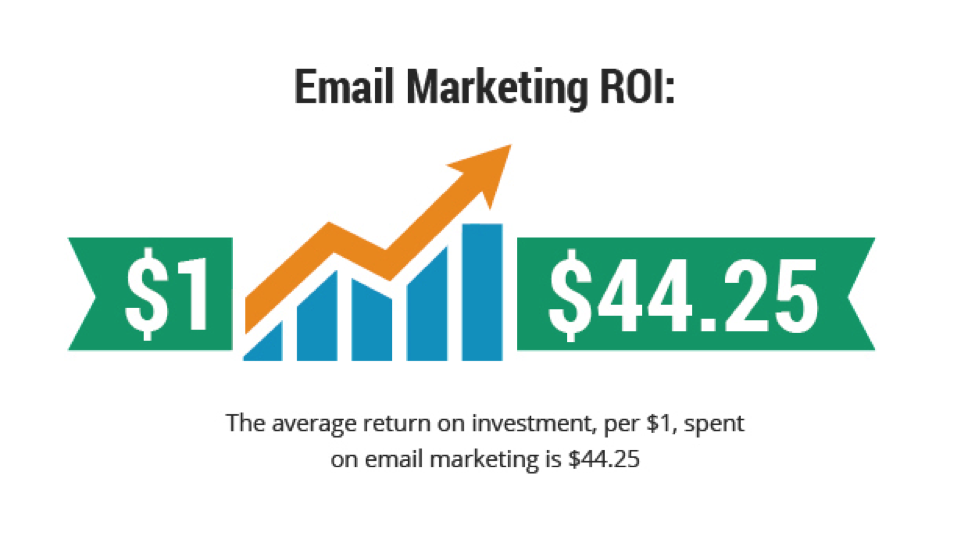
Stumped by the complexities of search engine optimization? You’re not alone. Despite the fact that 93% of online experiences begin with a search engine like Google or Bing, many small business owners don’t know how to use this incredible tool to their advantage. With the right SEO strategies, a business’s website can climb the Google ranks, land that coveted top spot, and open up the flood gates for massive lead generation.
But where should you start? In this article, we will discuss two of the most basic (but challenging) techniques you can master to boost your SEO.
Blog Like a Boss
The internet is made up of two key ingredients: content and links. And you can’t have links without destinations for them to travel between, which is why we’ll start with content creation.
Writing a blog sounds easy enough, but for the site to work its magic, it needs to be optimized. Optimization means a number of things, and it includes optimizing the metadata, like title tags and descriptions. But that’s a lesson for another day. Today we’re going to cover what makes strong content valuable in Google’s eyes. And it all starts with searcher intent.
“Searcher intent” is a buzzword that’s been making its rounds across the digital marketing industry this year. It’s exactly what it sounds like, referring to the motivations of the Google user who comes across your website (or who you want to come across your website). What are they searching for? Depending on the answer, they will type into Google’s search bar a keyword. This might be a long-tail keyword, like, “where to buy a baseball bat.”
This long-tail keyword displays strong searcher intent. We know what that searcher wants to find, and Google is determined to give them the answer. Is your e-commerce sporting good store the answer? It’s your job to prove to Google that it is.
So, how do you do that? First, you need to make sure that keyword is present on your site, perhaps multiple times. But also, you need to illustrate why your site is the ultimate answer to “where to buy a baseball bat.” To do this, set yourself up as an industry expert or a thought-leader in your field. Provide extensive content related to baseball, baseball bats, and all things Great American Pastime. Your blog should include the keyword, answer the question, and provide well-written, in-depth, heavily-researched info that will be useful to anyone looking up information on baseball bats.
In the past, small business owners would write blog posts between 300 and 500 words, and that would be sufficient. But with over 2 million blog posts published online every day, the web has become saturated and the competition to catch Google’s traffic is fierce. Your blog needs to be longer. SEO professionals today recommend between 1,500 and 2,000 words per blog post. Recent data shows that most of the page one listings on Google have more than 1,000 unique words.
And as mentioned before, those 1,500 words can’t be pure fluff; they have to be in-depth and well-researched. As artificial technology has advanced, Google has continued to refine its algorithm. Their 2011 Panda algorithm update was designed to determine the quality of a webpage’s content, using grammar and syntax as indicators. Thin content just won’t cut it.
So, that’s our first tip: write strong, long-form blog content that meets the searcher intent for a given set of keywords you believe will convert visitors to customers. This, of course, will require some keyword research and a whole lot of time. Don’t feel you have enough time to keep up with your blog and your day-to-day business operations? Most businesses don’t; they hire digital marketing agencies to do the heavy lifting for them. And, in turn, those digital marketing agencies hire white label SEO services for agencies to outsource their content creation and link-building, which brings us to our next tip: build up your backlink profile.
Build Up Your Backlinks
Yes, Google’s algorithm looks closely at the content you produce, but it also takes into careful consideration the popularity of your content. Do other people think it’s useful? The best way to prove your popularity is by building up backlinks.
A link is like a vote for your website. When you find an interesting and relevant article, what do you do? You share it with your friends. Google likes to see websites do the same thing. If another site links to your site, that tells Google your site is valuable.
Now, not all votes are created equal. If an acquaintance you’re not particularly fond of shares an article, are you more or less likely to read it than something your significant other shares? You probably don’t give their recommendation much thought. Sites that Google holds in high esteem — high authority sites — carry more weight when they link to your website. This weight is actually measurable; we use the term domain authority or domain rating to express the strength of a website in Google’s eyes. You want links from sites with a high DA or DR.
Google also takes relevance into account when analyzing your backlink profile. It’s better to get a link from a fitness blog to your e-commerce sporting good store than a link from a horoscope website, even if that horoscope site has a high DR. That’s because it’s clear that your content will be helpful to the fitness blog’s readers. Again, Google’s mission is to help users find the answers to their questions.
So, how do you get backlinks? Well, it’s simple, but it’s not easy. Or fast. SEO experts recommend spending 20% of their content marketing time on content creation and 80% on the promotion of that content. Chances are you’ve been doing this backwards. But, unfortunately, just like votes don’t magically appear, neither do links; you have to campaign for them.
Email outreach remains one of the most efficient methods of link building. Sure, email is a relatively older technology, but there’s a reason it’s been around so long — it works. And it’s incredibly pervasive. When was the last time you went 24 hours without checking your inbox? Do you get an alert on your mobile device whenever a new email comes in? We bet you do. And digital marketing professionals are aware of that.

Next, you’ll want to reach out to influencers in your industry, people with high authority sites whose links will give you the boost you need to really catch Google’s attention. Offer to write a guest blog for them. In exchange for well-written, heavily researched, in-depth content, website owners will typically let you insert a backlink to your own site.
Backlinks are truly a differentiating factor in the Google algorithm. Previously, a site with a handful of strong backlinks pointing to the home page was enough to lift the site’s ranking. Today, every page on the site needs backlinks. In fact, if you check out the page one results on any given search query, each of those webpages has a number of backlinks pointed straight to them, not just to their domain’s homepage. That’s SEO experts recommend the ratio they do: 20% content creation, 80% promotion. As soon as you publish a new post, spread the word and rake in the backlinks.
As you may know, the Google algorithm takes into consideration many more factors than just content length and depth and the backlink profile. But strong content and lots of links are the basic building blocks of a solid SEO campaign. To learn more about what you can do to turn your digital marketing strategy into a successful lead generation engine, consult an SEO firm today.













